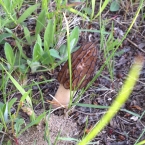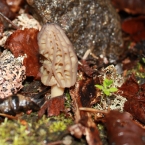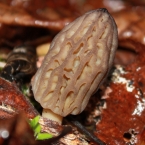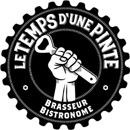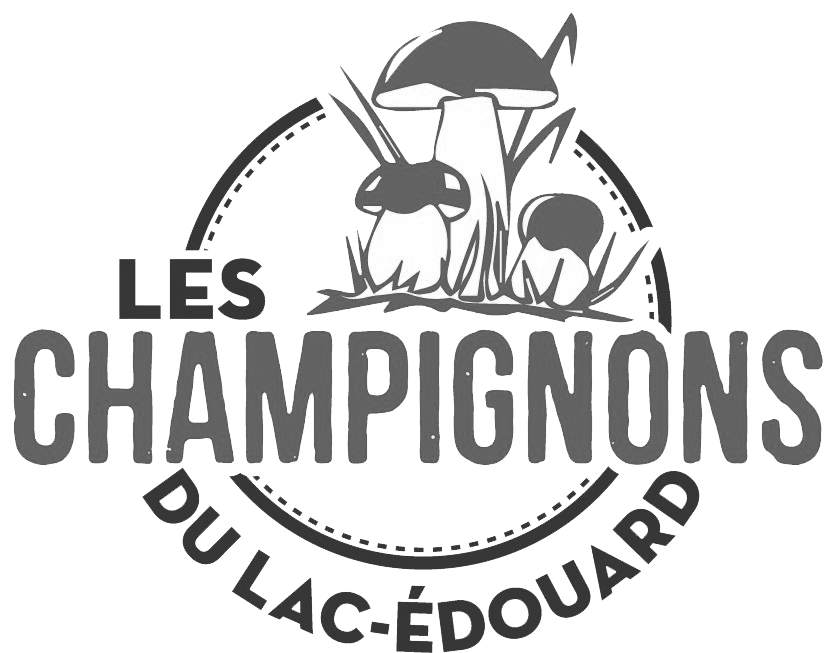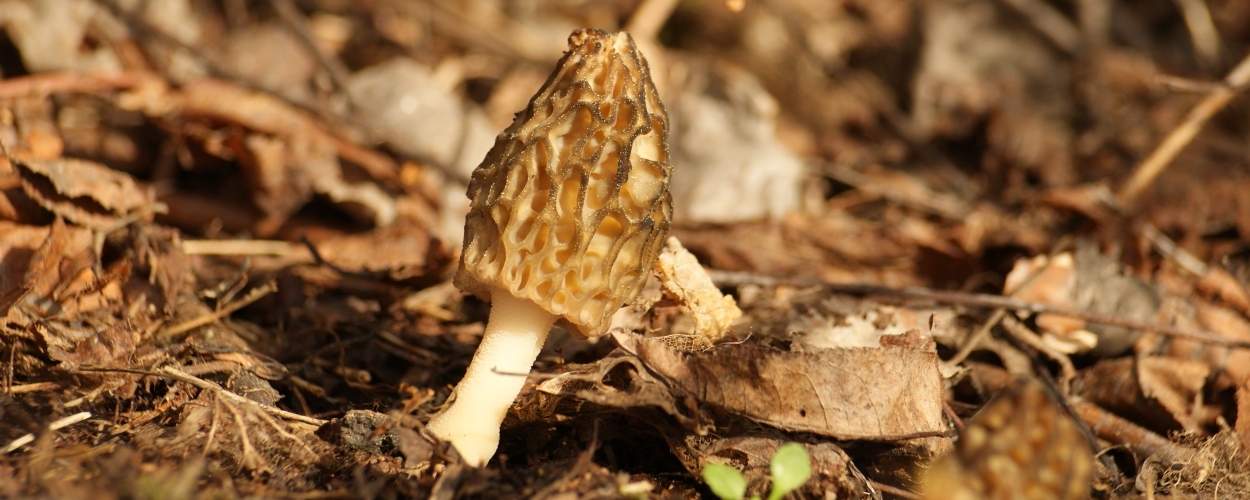
The Black Morel takes varied forms depending on the soil in which the mycelium develop and weather conditions at the moment of fructification; it has therefore been given different names throughout the decades that differ according to the author. Research that makes use of DNA tests may confirm the Morel’s features and possibly identify new species or subspecies.
On well-drained sand 1, Black Morels are smaller than 5 cm, with the stem representing less than 25% of the fruit body’s weight. In clay, beneath poplars 2, they fructify a week later and are larger, with the stem representing up to 70% of the fruit body’s total weight.
Since they are often the same colour as the undergrowth 3, it is not easy to locate troops. When the layer of organic matter is sufficiently thick, these troops will fructify every year while weather conditions are favourable. The interior of the Morel is hollow 5 8, with a cavity that extends into the stem, unlike the Verpa.
Morels lose water easily, so they should be placed in refrigerated coolers quickly. At a temperature of 2 °C, they will keep for a period of two weeks. It takes 15 kg of fresh Morels for one kg of dried Morels.
Photos: Fernand Miron, Marcel Otis.
Habitats where you can find this species :
Click on thumbnails
to get a larger image
Possible companion species
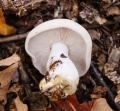
+
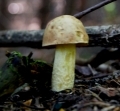
+
Golden Bolete, Glabrescent Bolete
Boletus subglabripes
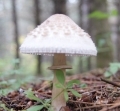
+
Parasol Mushroom
Lepiota procera






